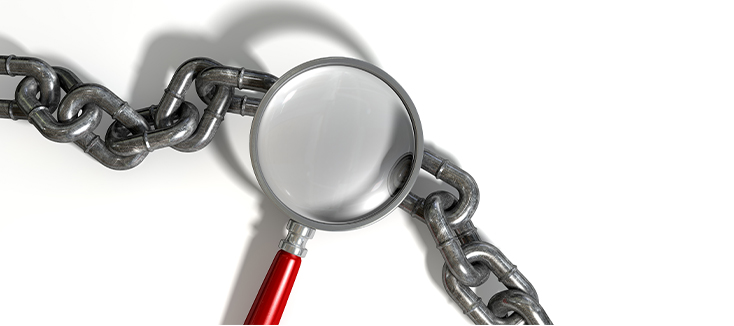When you stop to think about it, electrical leakage testers are one of the most important components when reprocessing a transesophageal echocardiogram (TEE) ultrasound probe. If probes are not consistently and accurately tested, there is the possibility that a malfunctioning probe could electrocute and even kill a patient. In fact, the Intersocietal Accreditation Commission (IAC) requires that the structural and electrical integrity of TEE probes be checked between every use. But how can you know that your electrical leakage tester is accurately calibrated and giving you correct readings?
What is Calibration?
In basic terms, calibration is to, “check the measurement on an instrument against a standard instrument, and adjust the first instrument to keep it accurate.” When it comes to an electrical leakage tester, your device must be tested to meet a reference standard of known values. The goal is for the results to be within specific tolerances. If any readings are outside of tolerances, the instrument fails the calibration test and will require adjustment or repair. If your electrical leakage tester stays within the prescribed tolerances, then it passes inspection and can be trusted to provide reliable readings for another year.
Now that we know what calibration is, there remains one glaring question: Why do it?1. Ensures Reliability
Calibrating your ULT-2020 on a regular basis helps guarantee that your instrument is functioning as designed and is performing within factory specifications. Without regular calibration, it’s difficult to have confidence in test results or measurements displayed on your device. If an electrical leakage tester malfunctions, it could cost your facility thousands of dollars. If the tester says that there is an electrical leak when there isn’t, you may spend lots of money trying to repair a TEE probe that isn’t broken. If, on the other hand, your tester does not pick up on an actual electrical leak, it may result in a patient or employee getting hurt.
According to BC International Group, all calibration and reference standards used in the lab must have an unbroken chain of calibrations traceable to the National Institute of Standards and Technology (NIST). By using a calibration lab that uses standards traceable to NIST, you can have confidence in the accuracy of the measurements made. All of BC Group’s calibrations use standards traceable to NIST. BC Group is ISO 9001:2015 Certified, ISO 13485:2016 Certified, and ISO/IEC 17025:2017 Accredited, which means that their calibration lab is strictly audited multiple times per year. Getting your electrical leakage testers recalibrated improves confidence in the test results and readings provided by your ULT-2020.
2. Compliance
If you want your facility to be able to boast compliance with all the latest standards and ensure the best care to your patients, following the rules is necessary. In order to comply with the standards set by The Joint Commission (TJC), the Intersocietal Accreditation Commission (IAC), Centers for Medicare and Medicaid Services (CMS), the International Electrotechnical Commission (IEC), and others, your facility must test TEE ultrasound probes for electrical leaks in between uses.
The IAC’s protocol is a good reference which is representative of the standards set by all the accrediting agencies: “The structural and electrical integrity of the transducer must be checked between each use, using an ultrasound transducer leakage tester.” Whether or not your institution is affiliated with the IAC, this standard is best practice for the safety of your patients and longevity of your TEE ultrasound probes. If your electrical leakage tester is not properly calibrated, then all these tests may result in incorrect information and failure to comply with these standards.
3. Patient and Employee Safety
The most important reason to ensure your electrical leakage testers are giving you accurate readings is the safety and wellbeing of patients and employees. If your device is not properly calibrated, it may give you false readings which may result in a patient or employee being exposed to harmful electrical currents. Especially important to remember is that while a TEE probe does not come into direct contact with the heart, it is only separated from the heart by a thin membrane; any electrical shock could cause ventricular fibrillation and have disastrous consequences. To make a bad situation worse, an electrical current sent through a patient could even make its way into the operator, leading to a potentially life threatening situation for both people.
CS Medical and BC Group International have partnered to provide the ULT-2020, a safe and effective way to conduct electrical leakage tests within the disinfectant reservoir of the TD 100® Automated TEE Probe Disinfector, TD 200® Automated TEE Probe Disinfector, or the TEEClean® Automated TEE Probe Cleaner Disinfector. Electrical leakage testers are vital to ensure the reliability of probes between uses. Like most biomedical test equipment, the ULT-2020 and all electrical leakage testers have a recommended calibration interval of 12 months, meaning they must be recalibrated annually. To get your ULT-2020 properly recalibrated by the best in the business, contact BC Group International.


